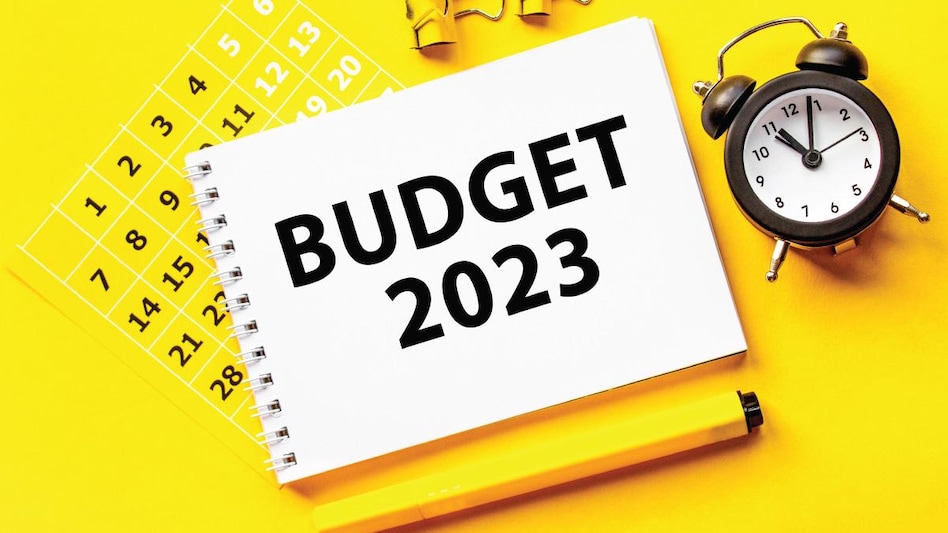 The Budget 2023 saw some major hits with the limiting of surcharge to 25 per cent for high-income earners and revised slab rates in the CTR
The Budget 2023 saw some major hits with the limiting of surcharge to 25 per cent for high-income earners and revised slab rates in the CTR  The Budget 2023 saw some major hits with the limiting of surcharge to 25 per cent for high-income earners and revised slab rates in the CTR
The Budget 2023 saw some major hits with the limiting of surcharge to 25 per cent for high-income earners and revised slab rates in the CTR The current government’s last full Budget before the general elections was presented by our Hon’ble Finance Minister Nirmala Sitharaman with a hope to build on the foundation laid in the previous budget. This is the first budget after the pandemic and amid global geopolitical developments. The Budget 2023 focussed on 7 priorities - Inclusive Development, Reaching the Last Mile, Infrastructure and Investment, Unleashing the Potential, Green Growth, Youth Power and Financial Sector.
Keeping in mind the hard-working salaried taxpayers, the government has proposed the following changes from an individual taxation perspective:
Proposed changes with regard to the Concessional Tax Regime (CTR)
| Income (in RS) | Tax rates |
| Up to RS 3 Lakh | NIL |
| Above RS 3 Lakh to RS 6 Lakh | 5 per cent |
| Above RS 6 Lakh to RS 9 Lakh | 10 per cent |
| Above RS 9 Lakh to RS 12 Lakh | 15 per cent |
| Above RS 12 Lakh to RS 15 Lakh | 20 per cent |
| Above RS 15 Lakh | 30 per cent |
Increase in Leave Encashment limit
It is proposed to increase the leave encashment tax exemption limit to RS 25 Lakh from the existing RS 3 Lakh. This will benefit salaried non-government employees who receive leave encashment payment on separation from company.
Limit on the maximum exemption available for re-investment into residential house property
Under the existing provisions, the taxpayer is allowed relief complete/ proportionate amount of capital gains (without any monetary limit) earned from sale of residential house property/ long term capital asset, provided such capital gains is reinvested for purchase of a new residential house property. The primary objective of the existing provisions was to mitigate the acute shortage of housing, and to give impetus to house building activity. However, in order to restrict such transaction, it is proposed to limit the maximum deduction that can be claimed under these provisions to RS 10 crore
Increase in Tax Collected at Source (TCS) rate on certain foreign remittances
The rate for TCS for foreign remittances made towards overseas tour package or any other purpose (other than education and medical treatment) under LRS scheme has been proposed to be increased from 5 percent to 20 percent, without any threshold limit
Rationalisation of exempt income under life insurance policies
It has been proposed to tax the income received from insurance policies which are issued on or after 01 April 2023 (other than unit linked policies for which provisions already exists), having premium or aggregate of premium exceeding RS 5 lakh in a year (except in the case of death)
Increase in the timeline for completion of scrutiny assessments
It is proposed to increase the time limit for completion of assessments from 9 months to 12 months (from the end of assessment year), for cases relating to assessment year 2022-23 onwards. A similar amendment has been proposed for completion of assessment for Updated returns by increasing the time limit to 12 months from the end of the financial year in which the Updated return is filed
Taxation of Gifts received by Not Ordinarily Residents (NOR)
In order to extend the anti-abuse provisions on gifts received from person Resident in India, it has been proposed to include gifts (money and property) received by NOR exceeding RS 50,000 as deemed to accrue in India and will be taxable in the hands of NOR
Increase in the threshold limits for the presumptive taxation scheme
It is proposed that the taxpayer earning professional income from specified professions can avail the scheme of presumptive taxation if the gross receipts do not exceed RS 75 lakh (existing limit RS 50 lakh), provided that not more than 5 per cent of the gross receipts during the year are received in cash.
The Budget 2023 saw some major hits with the limiting of surcharge to 25 per cent for high-income earners and revised slab rates in the CTR. However, in the proposed CTR, deductions for various tax savings instruments under section 80C, health insurance under section 80D etc. have not been considered.
Nevertheless, the Budget 2023 has brought in reforms to make the CTR attractive and towards the journey of having one tax system in place. With this, it would be good to see if there is increased adoption of CTR across various income levels and greater compliance from taxpayers.
Views expressed are personal. The author is Tax Partner, EY India (Inputs from Shanmuga Prasad, Director, EY India)
Copyright©2025 Living Media India Limited. For reprint rights: Syndications Today